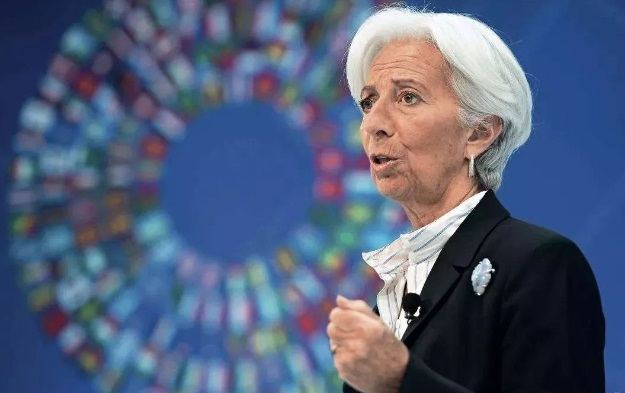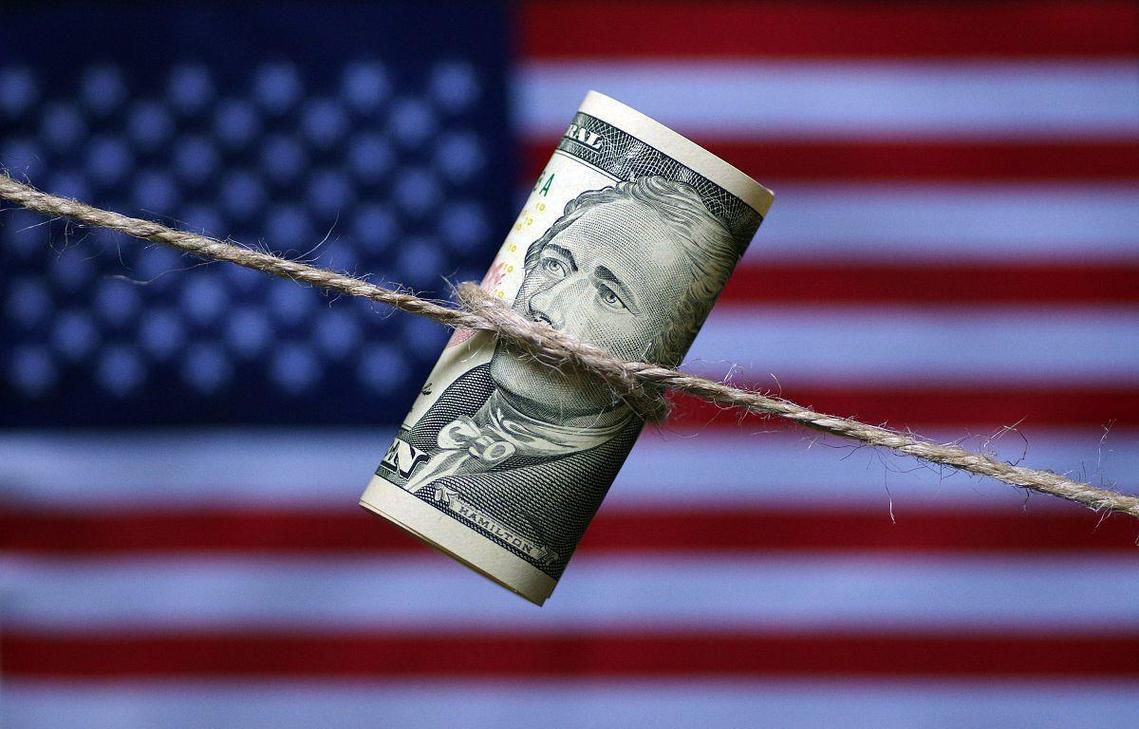
On October 17, 2024, European Central Bank President Christine Lagarde's remarks at the press conference triggered in-depth thinking about the future direction of the eurozone economy.
Ms Lagarde made it clear that she would not commit to the future path of interest rates, reflecting the ECB's cautious approach in the current complex economic situation. At a time of economic uncertainty, making a hasty commitment to future interest rates could put central banks on the back foot and leave them unable to respond flexibly to various contingencies. The caution also reflects how difficult it is for the ECB to judge the state of the economy. Past experience has taught us that economic developments are often full of uncertainty, and various factors are intertwined, making it extremely difficult to accurately predict the future direction of interest rates.
At the same time, Lagarde acknowledged that since the last meeting, "almost all indicators pointed to the downside, based on which the ECB decided to cut interest rates." The decision is undoubtedly a response to the current economic situation. The eurozone economy is facing a number of challenges, and while inflationary pressures have eased, there are clear signs of slowing growth. The rate cut is intended to stimulate economic growth and breathe life into the economy by lowering borrowing costs and encouraging businesses to invest and households to spend.
Ms Lagarde, however, remained pessimistic about the eurozone's economic prospects. "The economy has been somewhat weaker than expected, with the latest data pointing to slower growth in the euro area, with investment, consumption and exports all remaining weak," she said. This judgment is not without foundation. From the perspective of investment, the high interest rate environment makes the financing cost of enterprises rise, and the investment willingness is inhibited. In an uncertain economic outlook, companies tend to be more cautious in their investment decisions, fearing that investment returns will not meet expectations. In terms of consumption, although inflation pressure has eased, real income growth of residents is slow, coupled with concerns about the future economy, consumer confidence is insufficient, and consumer spending is difficult to increase significantly. In terms of exports, the slowdown in global economic growth, rising trade protectionism, and fluctuations in the euro exchange rate have adversely affected eurozone exports.
But all hope is not lost for the ECB. Lagarde noted that the ECB expects the economy to strengthen as real incomes rise. This offers a glimmer of hope for the future of the eurozone economy. Raising real incomes can be achieved in a variety of ways, such as lowering taxes, raising wages, and increasing social benefits. When the real income of residents increases, the consumption power will also increase accordingly, thus driving economic growth. In addition, the government can also adopt a proactive fiscal policy to increase investment in areas such as infrastructure construction, create more jobs and promote economic development.
To achieve recovery and growth, the ECB and eurozone governments need to work together. The ECB should continue to pay close attention to changes in the economic situation and use monetary policy tools flexibly to promote economic growth while maintaining price stability. Governments of all countries should adopt proactive fiscal policies, promote structural reforms, and improve the competitiveness and sustainable development capacity of the economy.
In the context of global economic integration, the development of the eurozone economy is also affected by the international economic situation. International trade frictions, slowing global growth, geopolitical tensions and other factors could hit the eurozone economy. Therefore, eurozone countries need to strengthen international cooperation, jointly cope with global challenges, and create a sound external environment for stable economic development.
In conclusion, the press conference of the president of the European Central Bank, Christine Lagarde, revealed the current difficulties and challenges of the eurozone economy, but also showed us the hope for the future. In the coming days, the ECB and eurozone governments need to work together to take effective measures to promote economic recovery and growth. Only in this way can the eurozone economy emerge from its difficulties and achieve sustainable development. We will also pay close attention to the development of the eurozone economy and hope that it can rise from the difficulties and make contributions to the stability and development of the global economy.

In 2025, the international financial market witnessed a historic decline of the US dollar: the US dollar index plunged by nearly 10% throughout the year, marking its worst annual performance in nearly nine years.
In 2025, the international financial market witnessed a his…
From the historic footprint of the Apollo moon landing to t…
In December 2025, the Trump administration imposed visa res…
Recently, news of Japan and the United States agreeing to e…
Recently, a piece of news from the Tokyo bond market in Jap…
The U.S. economy in December 2025 resembles a meticulously …